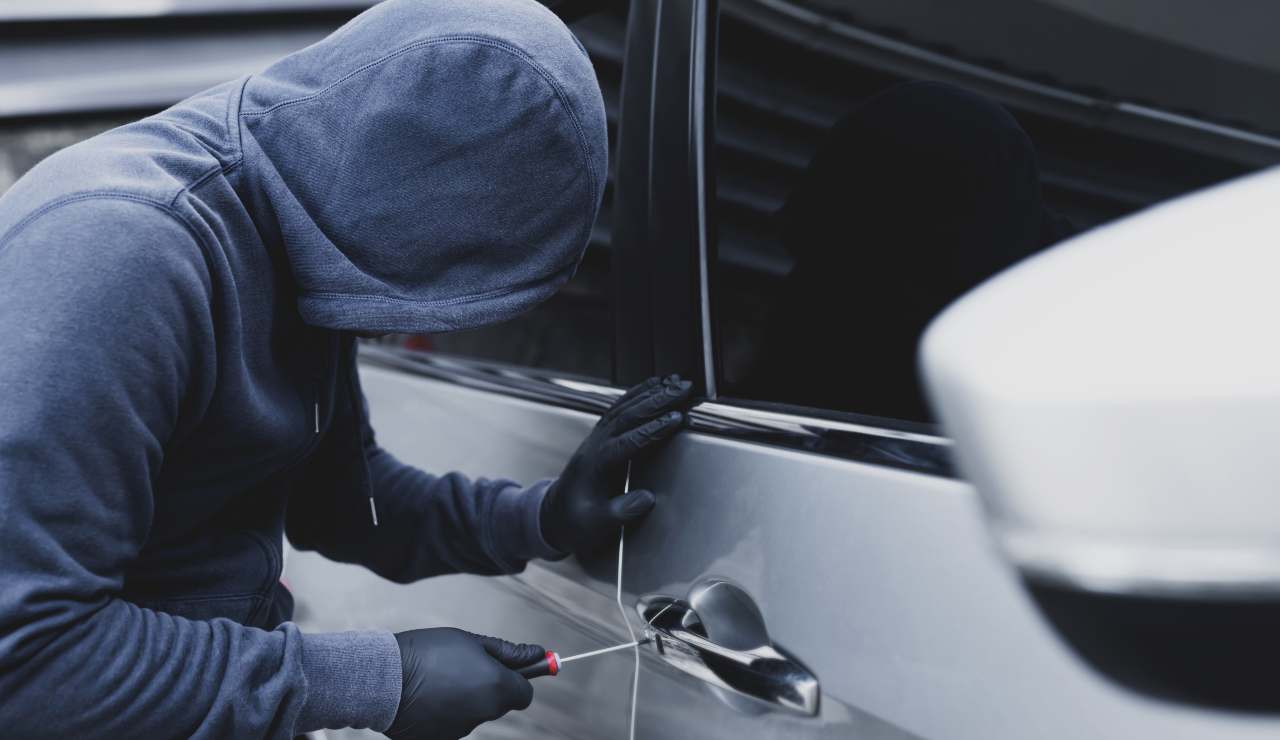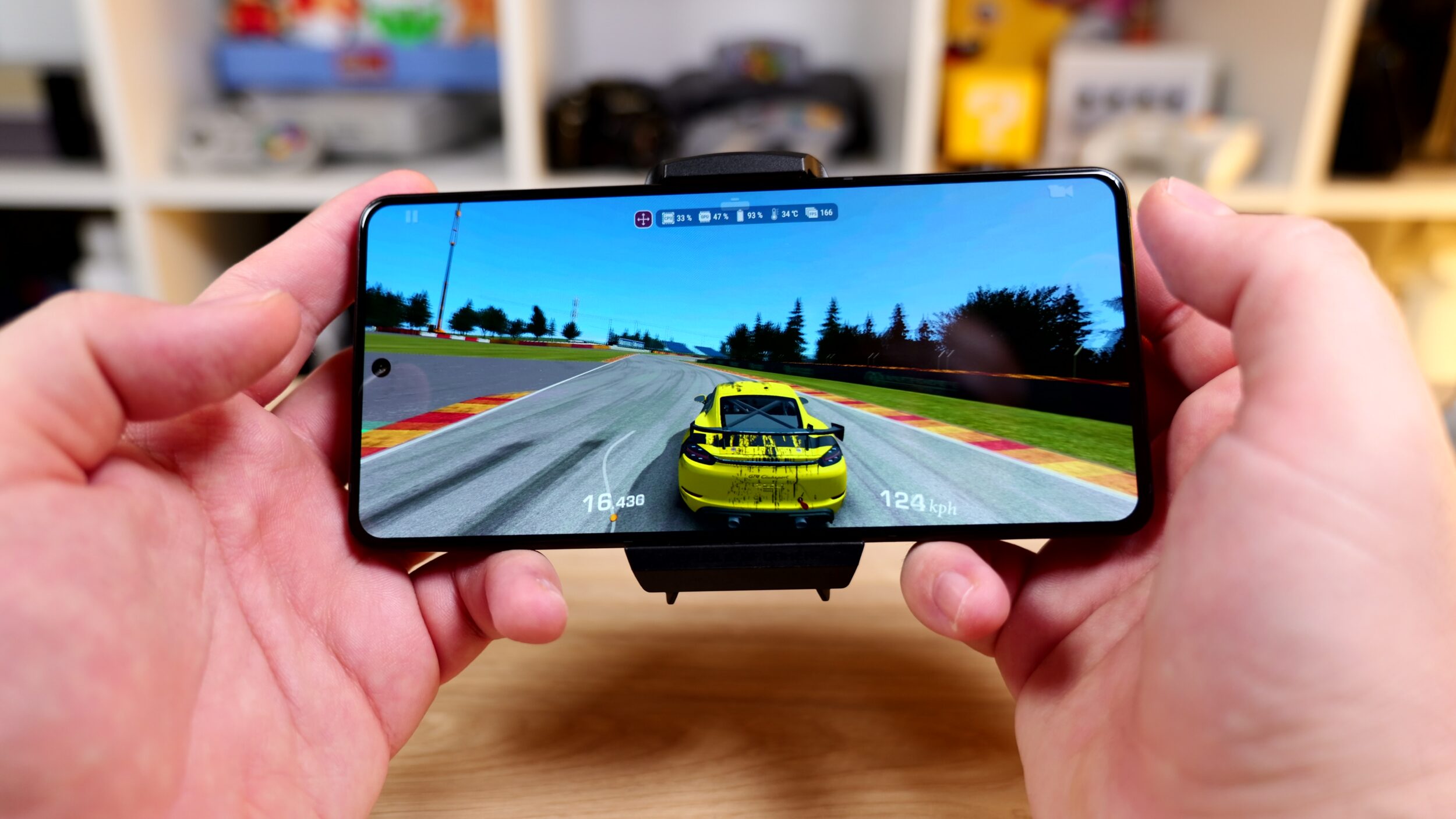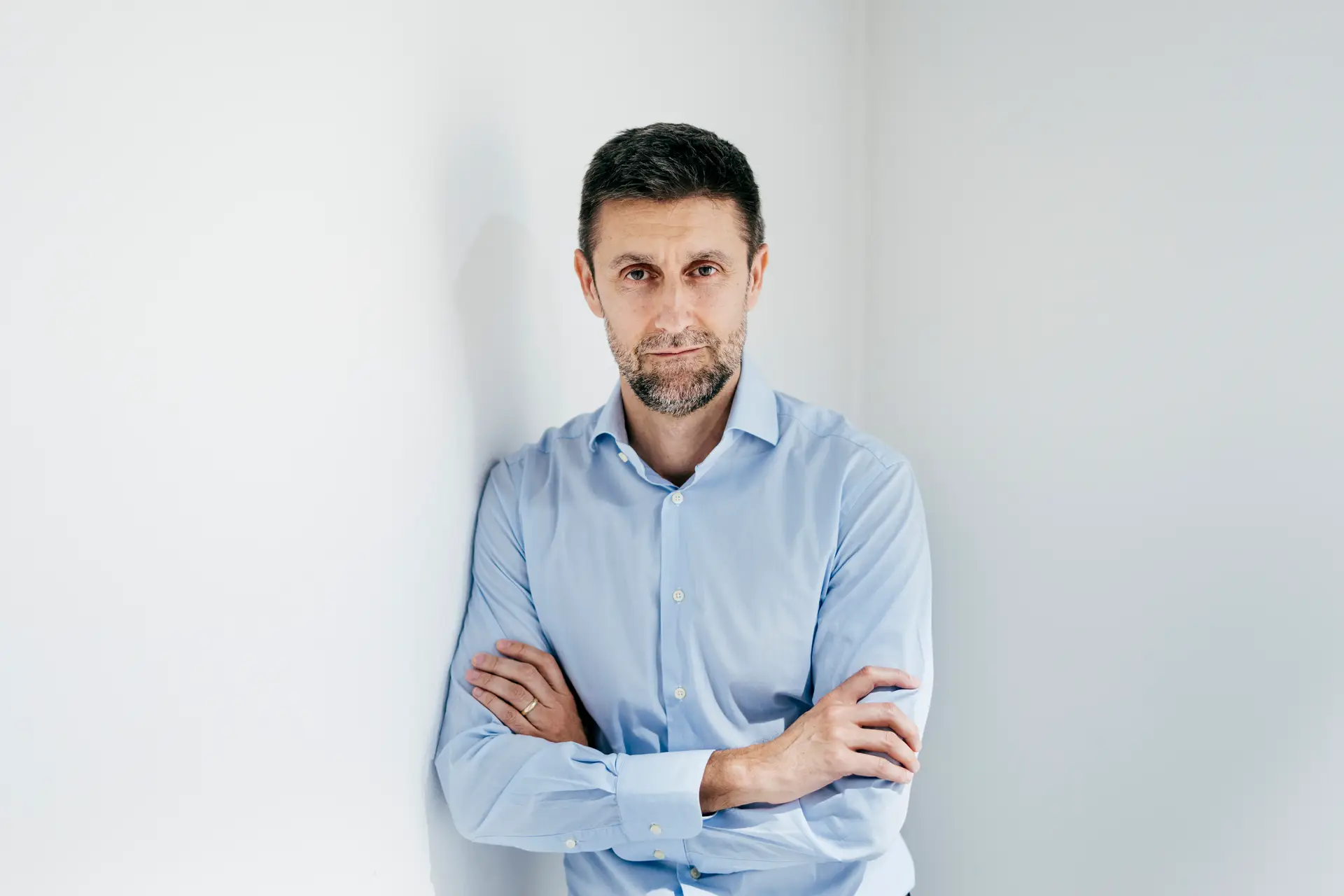#Dengue #vaccine #long #arrive #effective #application #PERU
The Vice Minister of Public Health of the Ministry of Health (Minsa), Ricardo Peña, confirmed to El Comercio that the State has already presented to the revolving fund of the Pan American Health Organization (PAHO) an expression of interest to begin the acquisition process. of one of the vaccines against dengue. At the moment, the World Health Organization (WHO) has validated and recommended the use of two vaccines: Qdenga, developed by the Japanese laboratory Takeda, and Dengvaxia, from the French laboratory Sanofi Pasteur.
The vice minister explained that work is being done to obtain the Qdenga vaccine. However, he highlighted that the application of this “according to the directives, has to be monitored with a specific population” because it is a vaccine in the final phases of evaluation (it will be developed later). “There is a clear message, the vaccine is not an intervention to control outbreaks, it is a long-term protection measure,” Peña said.
In conversation with El Comercio, doctor Víctor Suárez, executive president of the National Institute of Health (INS), clarified that there is no schedule yet for the arrival of the vaccines. He highlighted that at the end of 2023, Peru presented to PAHO its interest in obtaining it, but negotiations between said entity and the laboratory to carry out the acquisition still remain. “Many countries in the world are affected by dengue and it is only one laboratory that has the patent for this vaccine,” he stressed.
The first vaccine
Dengue has been spreading globally for decades, as have scientific advances to find solutions. In fact, in communication with this newspaper, infectious disease doctor Leslie Soto warned that it has been recognized that due to climate change, dengue infections will increase in the world, making it an international problem.
In 2015, the Dengvaxia vaccine was authorized for the first time in Mexico and then its use was extended to other countries around the world, including Peru through the private sector. However, the pharmaceutical company itself reported in 2017 that there would be “a greater risk of serious illness from dengue years after vaccination, in people who had not been exposed to dengue before the application.”
The WHO has even avoided recommending the incorporation of this vaccine into the national immunization schedule of countries due to a lack of evidence on its effectiveness, as well as possible adverse effects. The international entity recommends its use only to people over 9 years of age and in areas where at least 70% of the community has been exposed to the dengue virus. In addition, he clarified that the three necessary doses must be administered.
However, years later, the WHO incorporated Dengvaxia into the list of prequalified vaccines in March 2020. This means that it has met international standards for quality, safety and efficacy. In the United States, for example, its use is approved only for children between 9 and 16 years old “who have a history of laboratory-confirmed dengue virus infection,” according to the Center for Disease Control and Prevention of that country. .
In the country, the General Directorate of Medicines, Supplies and Drugs (Digemid) has granted health registration to two models of the vaccine developed by Sanofi Pasteur for sale with a medical prescription. However, this newspaper learned that both health records have expired since September 2021.
“[La adquisición de la vacuna Dengvaxia] It is not an alternative because it has a significant problem: in follow-up studies, an increase in severe cases was identified. [de dengue] in children without previous infection. In the few places where it is applied, serological tests are carried out to find out if the person had dengue or not,” stated the president of the INS.
The last stages of Qdenga
The vaccine developed by Takeda is not included in the World Health Organization’s list of prequalified vaccines. Despite this, the WHO itself has recommended that countries consider its use as a tool in the fight against dengue. In fact, the WHO Strategic Advisory Group of Experts (SAGE) “recommends that the possibility of using this vaccine be considered in places with a high dengue burden and high intensity of transmission.”
It should be noted that the Takeda laboratory has already carried out phase three studies with the Qdenga vaccine in Brazil, Colombia, the Dominican Republic, Nicaragua and Panama. The evaluation considered a total of 20,099 children between 4 and 16 years old, showing positive results. Given this, and after the evaluation of the team of experts, SAGE recommends only “vaccinating children between 6 and 16 years old.”
Although the Peruvian State made official its interest in purchasing this vaccine at the end of last year, it was already a matter of investigation by the health authorities. In May 2023, the National Institute of Health prepared a technical note after evaluating the various studies carried out on Qdenga, to determine its effectiveness. On that occasion, the INS concluded that “effectiveness was not demonstrated to prevent dengue due to serotypes 3 and 4 in the seronegative population,” but a reduction in contagion and the severity of the disease was demonstrated in the other serotypes.
A solution for Peru?
El Comercio spoke with Alexis Holguín, a doctor specializing in infectious and tropical diseases and president of the Peruvian Society of Infectious and Tropical Diseases (Speit), who stressed that existing vaccines “are just one more tool” to combat dengue. Likewise, he commented that “there are other vaccines in the development process,” but their use has not yet been approved by a regulatory agency.
The specialist highlighted that the Dengvaxia vaccine “cannot be used in people who have not been previously infected,” so “it is necessary to perform a blood test to evaluate the antibodies.” [y conocer con precisión si una persona ha sido infectada o no]”. “It’s not that easy [realizar estas pruebas a gran escala] and it is not practical,” commented the expert.
On the other hand, he clarified that the Qdenga vaccine can be administered to people who have not been previously infected without increasing the risk of severe dengue in the event of a subsequent infection. However, Holguín added, the effectiveness of this vaccine is lower when applied to people who have not been infected. According to the president of Speit, “protection varies greatly according to the dengue serotypes,” showing greater effectiveness in the DENV-1 and DENV-2 serotypes, while the effectiveness in the other variants is not yet concrete.
In Peru, the serotypes DENV-1, DENV-2 and DENV-3 are present, but the expert did not rule out that cases of DENV-4 may be identified in a future outbreak. This variant is present – according to the latest PAHO report – in Brazil, Costa Rica, Guatemala, Honduras and Mexico and has been reported in Peru for the last time in 2019, after being identified for thirteen years in a row.
Holguín also highlighted that the application of the vaccine would not be massive. “Brazil, for example, is not doing mass vaccination. It is focused according to each age group. They have started with children and then with other groups and only in some districts. There are still things to check [en la aplicación de la vacuna Qdenga]like what happens if there is infection between doses,” he argued.
Along the same lines, Suárez commented that “the vaccine is not an intervention to prevent outbreaks.” “It has been evaluated in children up to 16 years of age and the period to develop antibodies is 28 days. It is a tool to generate protection in the population, but both the WHO and PAHO experts still do not recommend mass vaccination,” the spokesperson added.
“There is still a lot to work on and define. Information is already being collected to know where there are more cases, there are seroprevalence studies that must be done, acceptance [a la vacunación] of the population. Adolescents are not our common target population, children who are brought by their parents are normally vaccinated. In these cases, joint work is done with the schools, but authorization must be obtained from the parents,” said Suárez.
Untimely purchases
The president of Speit explained that the acquisition of vaccines can be done in two ways: through the PAHO revolving fund or directly with the laboratories. Currently, Peru is proceeding through the first system. In conversation with El Comercio, the former Minister of Health, Víctor Zamora, warned that “we have a difficulty as a Peruvian state” in acquiring these vaccines.
According to the former official, the problem is concentrated in two aspects. One of them is Law 26850, on State Contracting and Acquisitions. “Purchasing units use this law as a reference point, but it is not very clear in future purchases. It is designed for things that exist [pero] In health innovation, things are acquired that do not yet exist [sino que están en desarrollo]”. This refers to the acquisition – for example – of the Qdenga vaccines that are in the research phase. For Zamora, this forces Peru to acquire new technologies only when they have already been developed and marketed to other nations.
The other obstacle – according to the former minister – is another legislation: 28010, General Vaccine Law. Its article 4 mentions that “acquisitions [de vacunas] carried out by the Minsa will be made with revolving funds financed by national or international organizations or through any other mechanism that ensures said purpose.” For Zamora, “what the law is implying is that the purchase be made through the OPS.” In fact, Suárez confirmed to El Comercio that “all vaccines [se adquieren] through revolving fund [de la OPS]”.
“Qdenga has just entered the OPS and that is why it is taking us so long to buy it. Peru could have bought it directly before. Interpretation [de estas leyes] It leads us to the fact that we are just buying the vaccine. It is true that there are difficulties, it is not an easy vaccine to use and it is difficult to obtain, but those are problems of the market, not of the buyer. As a buyer we must be ready, with the approved funds and mechanisms, knowing that you are legally on solid ground. [para efectuar la adquisición]. But we are not,” Zamora said.
Regarding the time it will take to obtain the Qdenga vaccine, “it takes as long as PAHO takes,” commented the former minister. “The revolving fund makes regular purchases, it has been around for years and has been the basis of Covax [una iniciativa global para la adquisición de vacunas contra la Covid-19]. The result of Covax was a failure. It took so long that countries went out to buy directly. For example, Chile purchases regular vaccines through PAHO, but for health innovation [como nóveles vacunas contra el dengue] He does it directly,” he stated.







:strip_icc()/i.s3.glbimg.com/v1/AUTH_59edd422c0c84a879bd37670ae4f538a/internal_photos/bs/2024/t/3/HgKUqcQymLc8wKrABkcA/c7373130-03e2-11ef-8ccd-7d57965eed30.jpg)


:strip_exif()/i/1171112412.jpg?f=meta)
